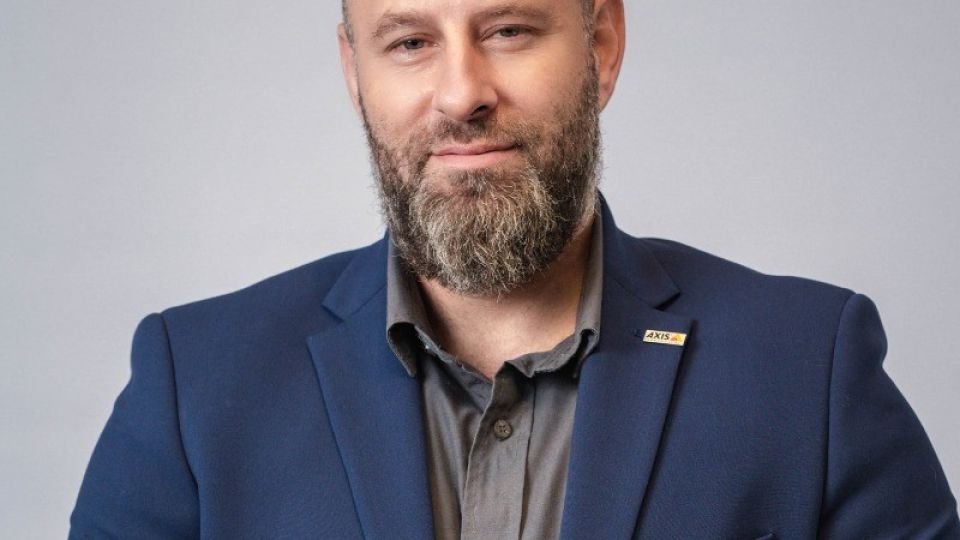by TINTSWALO BALOYI
JOHANNESBURG, (CAJ News) – THE lengthy maintenance shutdown recently suffered by Johannesburg residents and businesses has underscored the urgent need to adopt innovative measures that address water issues in South Africa.
These measures should secure a resilient and sustainable future for South Africa’s utilities.
An expert believes smart surveillance technology, coupled with data analytics and real-time monitoring, has emerged as a promising tool to help secure water resources and manage water usage efficiently.
Rudie Opperman, Manager for Engineering and Training Middle East and Africa (MEA) at Axis Communications, made the sentiments weeks after a 58-hour maintenance shutdown in Johannesburg left thousands of residents and businesses without water for an extended period in July.
Overall, South Africa is currently facing a water crisis, with scarcity and inefficient water management posing significant challenges to sustainable, consistent access to water.
The Department of Water and Sanitation National Water and Sanitation Master Plan identifies a water supply deficit of 17 percent by 2030.
The United Nations Water’s Africa Water Vision 2025 predicts that close to 230 million Africans will be facing water scarcity. Up to 460 million will be living in water-stressed areas by 2025.
“Fortunately, smart technology has the potential to revolutionise water management, enhance efficiency, and mitigate risks, ultimately safeguarding the country and continent’s precious water resources,” Opperman said.
Surveillance technology, such as network video cameras – enhanced by thermal imaging and radar – and internet of things (IoT) sensors, can monitor water infrastructure and valuable assets, as well as monitor the movement of people and vehicles that can access infrastructure.
Enhanced cameras can help to guard facility perimeters, achieving blanket coverage and ensuring controlled access to critical investments and equipment, the expert said.
Opperman added that surveillance technology can also complement methods used to gather real-time water usage data.
“On top of conventional flow sensors and smart meters that monitor consumption and usage levels, facility managers can use video-based verification to confirm those levels.”
Artificial intelligence (AI) can add an extra layer to this process and using data analytics and AI-based algorithms, managers can further verify the gathered data based on established parameters or datasets, giving them reliable results that can better inform their decision making.
Opperman noted Cloud technology can enhance the efficiency and effectiveness of surveillance technology in mitigating water crises.
By leveraging cloud-based solutions, the massive volumes of data generated by surveillance devices, sensors, and monitoring systems can be securely stored and processed in real-time.
Cloud networks are hailed for offering scalability and flexibility, enabling water utility companies to expand their data storage capacity as needed and access computing resources on-demand.
“This capability is particularly crucial in South Africa, where water resources and infrastructures are spread across various geographical locations,” said Opperman.
He believes the water crisis in South Africa demands innovative and proactive solutions to ensure the long-term sustainability of precious water resources.
“Smart surveillance technology, with its real-time monitoring, data analytics, and early detection capabilities, offers a valuable means to address the challenges posed by water scarcity.”
Thus, according to Opperman, government bodies, water utilities, and communities, must collaborate and invest in smart surveillance technology.
– CAJ News

